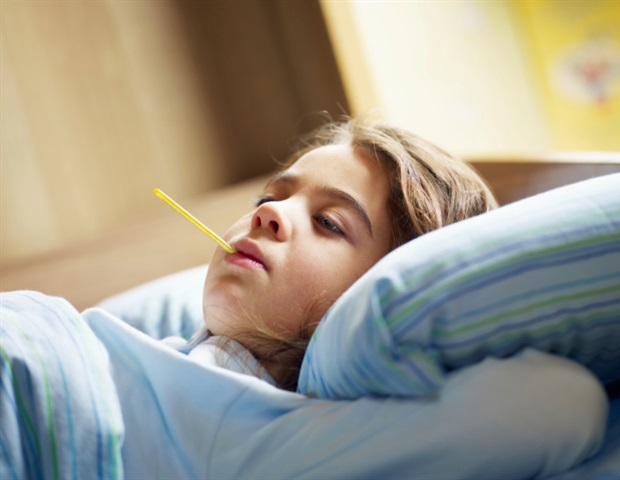In today's interconnected world, infectious diseases pose an escalating threat, as demonstrated by the coronavirus pandemic and outbreaks of H1N1, SARS, Ebola, Zika, and H5N1 (bird flu) viruses-all of which have had significant global health and economic impacts. But more common viral diseases also contribute to global health challenges and economic costs. For example, seasonal influenza epidemics occur annually, causing a substantial global disease burden and economic losses exceeding $11.
2 billion each year in the United States alone. Meanwhile, herpes simplex virus-1 (HSV-1), spread primarily through oral contact, infects over two-thirds of the global population and is the leading cause of infectious blindness in Western countries. Low vaccination rates for influenza viruses and the lack of an HSV vaccine underscore the need for a new approach-one that targets reducing viral loads at the sites where transmission occurs.

And for viruses like these, which are transmitted more efficiently through the mouth than the nose, this means focusing on the oral cavity. Now, in a study published in Molecular Therapy , researchers at the School of Dental Medicine at the University of Pennsylvania and collaborators in Finland, have done just that. Building on their previous work-now in clinical trial-showing that a similar approach was able to reduce SARS-CoV-2 in COVID-19 patient saliva or swab samples by more than 95%, Henry Daniell, W.
D. Miller Professor in Penn's School of Dental Medicine, and collaborators tested the ability of a chewing gum made from lablab beans, Lablab purpureus -that naturally contain an antiviral trap protein (FRIL)-to neutralize two herpes simplex viruses (HSV-1 and HSV-2) and two influenza A strains (H1N1 and H3N2). The chewing gum formulation allowed for effective and consistent release of FRIL at sites of viral infection.
They demonstrated that 40 milligrams of a two-gram bean gum tablet was adequate to reduce viral loads by more than 95%, a reduction similar to what they saw in their SARS-CoV-2 study. Importantly, the researchers prepared the gum as a clinical-grade drug product to comply with the FDA specifications for drug products and found the gum to be safe. These observations augur well for evaluating bean gum in human clinical studies to minimize virus infection/transmission.
" Henry Daniell, W.D. Miller Professor in Penn's School of Dental Medicine Related Stories Scientists uncover how herpes virus fuels Alzheimer’s disease Updates on influenza vaccine strain recommended by WHO (2025-2026 northern hemisphere) Fungal component may protect against flu-related lung damage Daniell and his colleagues are now looking to use lablab bean powder to tackle bird flu, which is currently having a significant impact in North America.
In the previous three months, 54 million birds have been affected by H5N1, and several human infections have been reported in the U.S. and Canada.
Previously, bean powder was shown by others to effectively neutralize H5N1 and H7N9-two strains of influenza A known to cause bird flu in humans as well as in birds. Daniell and colleagues are currently looking to test its use in bird feed to help control bird flu in birds. "Controlling transmission of viruses continues to be major global challenge.
A broad spectrum antiviral protein (FRIL) present in a natural food product (bean powder) to neutralize not only human flu viruses but also avian (bird) flu is a timely innovation to prevent their infection and transmission," says Daniell. University of Pennsylvania Daniell, H., et al .
(2024). Debulking influenza and herpes simplex virus strains by a wide-spectrum anti-viral protein formulated in clinical grade chewing gum. Molecular Therapy .
doi.org/10.1016/j.
ymthe.2024.12.
008 ..
Health

New approach to combat influenza and herpes with bean-based gum

In today's interconnected world, infectious diseases pose an escalating threat, as demonstrated by the coronavirus pandemic and outbreaks of H1N1, SARS, Ebola, Zika, and H5N1 (bird flu) viruses-all of which have had significant global health and economic impacts.















